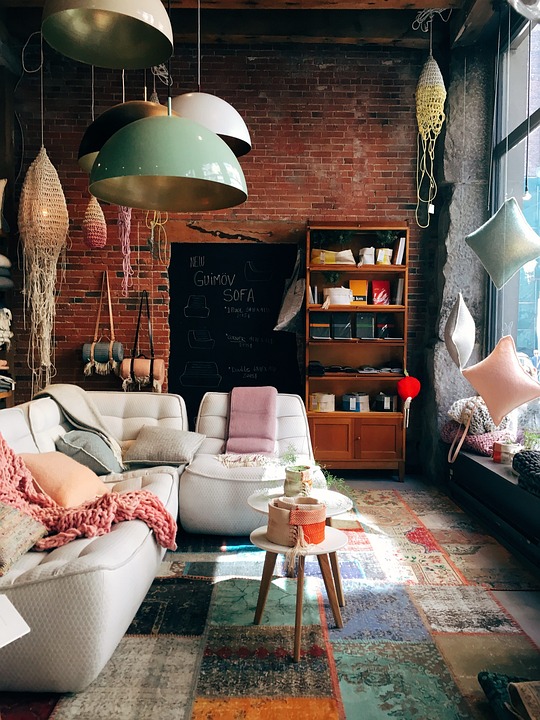The Wet Flooring Battle: Find Out Which Type of Flooring is Best for Wet Areas – A Guide to the Ultimate Showdown!
When it comes to wet areas, one of the most common questions is: What type of flooring is best for these areas? This is an important question to consider, because different types of flooring offer different levels of protection against water damage and other risks.
In this guide, we’ll take a look at the different types of flooring available, and explore the pros and cons of each one. We’ll also provide tips on how to choose the best type of flooring for wet areas and explain why it’s important to select the right type of flooring for your needs.
Types of Flooring for Wet Areas
When it comes to wet areas, there are several types of flooring to choose from. Each type of flooring has its own advantages and disadvantages, so it’s important to consider all of the options before making a decision.
The most common types of flooring for wet areas include:
Ceramic Tile
Ceramic tile is one of the most popular types of flooring for wet areas. It is durable, easy to clean, and resistant to water damage. Ceramic tile is also available in a variety of colors and patterns, making it a great choice for any area of the home.
The main disadvantage of ceramic tile is that it can be slippery when wet, so it is important to take extra care when walking on it. Additionally, ceramic tile can be expensive, so it may not be the best option for those on a budget.
Vinyl Flooring
Vinyl flooring is another popular option for wet areas. It is a durable and affordable option that is available in a variety of colors and patterns. Vinyl flooring is also easy to clean and can be installed quickly, making it a great choice for busy households.
The main disadvantage of vinyl flooring is that it can be slippery when wet, so it is important to take extra precautions when walking on it. Additionally, vinyl flooring can become damaged by water over time, so it may not be the best option for areas with frequent water exposure.
Laminate Flooring
Laminate flooring is a popular choice for wet areas. It is a durable and affordable option that is available in a variety of colors and patterns. Laminate flooring is also easy to clean and can be installed quickly, making it a great choice for busy households.
The main disadvantage of laminate flooring is that it can be slippery when wet, so it is important to take extra precautions when walking on it. Additionally, laminate flooring can become damaged by water over time, so it may not be the best option for areas with frequent water exposure.
Concrete Flooring
Concrete flooring is a popular choice for wet areas. It is a durable and affordable option that is available in a variety of colors and patterns. Concrete flooring is also easy to clean and can be installed quickly, making it a great choice for busy households.
The main disadvantage of concrete flooring is that it can be slippery when wet, so it is important to take extra precautions when walking on it. Additionally, concrete flooring can become damaged by water over time, so it may not be the best option for areas with frequent water exposure.
How to Choose the Best Type of Flooring for Wet Areas
When choosing the best type of flooring for wet areas, it’s important to consider the type of flooring’s durability, cost, and ease of cleaning. Additionally, it’s important to consider the level of protection the flooring offers against water damage and other risks.
For example, ceramic and vinyl flooring are both durable and affordable options that are easy to clean, but they can be slippery when wet. Laminate and concrete flooring, on the other hand, offer a higher level of protection against water damage but may not be as easy to clean or as affordable.
The Ultimate Showdown: Which Type of Flooring is Best for Wet Areas?
When it comes to selecting the best type of flooring for wet areas, there is no one-size-fits-all answer. The best type of flooring for wet areas will depend on the specific needs of the area and the budget of the homeowner.
In general, however, ceramic and vinyl flooring are both popular and affordable options that offer good protection against water damage and are easy to clean. Laminate and concrete flooring, on the other hand, offer a higher level of protection against water damage but may not be as easy to clean or as affordable.
Conclusion
Choosing the right type of flooring for wet areas is an important decision that should not be taken lightly. It’s important to consider all of the different types of flooring available, and to consider the pros and cons of each type.
By taking the time to do your research and weigh all of your options, you can ensure that you select the best type of flooring for your wet area. For more information on the different types of flooring available, check out MilliNews.com.
